Home>Furniture & Design>Bathroom Accessories>How To Unclog A Bathtub Drain Full Of Water
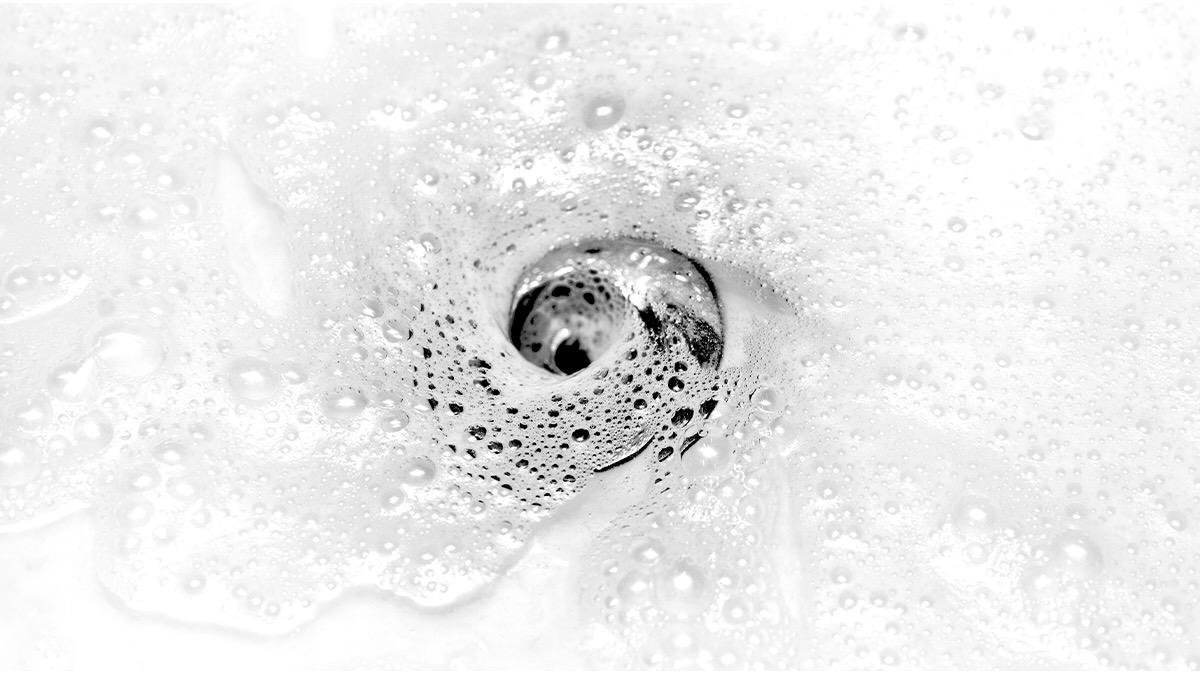

Bathroom Accessories
How To Unclog A Bathtub Drain Full Of Water
Modified: March 2, 2024
Learn effective methods to unclog a bathtub drain full of water with the right bathroom accessories. Keep your drains clear and flowing smoothly.
(Many of the links in this article redirect to a specific reviewed product. Your purchase of these products through affiliate links helps to generate commission for Storables.com, at no extra cost. Learn more)
Introduction
Dealing with a clogged bathtub drain can be a frustrating and inconvenient experience. Whether it's due to a buildup of hair, soap scum, or other debris, a clogged drain can disrupt your daily routine and lead to standing water in the tub. However, before you reach for the phone to call a plumber, it's worth exploring some DIY methods to tackle the issue yourself. Not only can this save you time and money, but it can also provide a sense of accomplishment as you successfully restore your bathtub's drainage.
In this comprehensive guide, we will walk you through the step-by-step process of unclogging a bathtub drain that is full of water. From removing the stopper to utilizing household solutions and specialized tools, we will cover various methods that cater to different levels of clogging. By following these instructions, you can regain the functionality of your bathtub drain and enjoy a relaxing and hassle-free bathing experience once again.
So, if you find yourself standing ankle-deep in water every time you take a shower or if your bathtub is slow to drain, don't fret. With a bit of patience and the right approach, you can tackle this common household issue and restore your bathtub drain to its optimal condition. Let's dive into the steps and explore how you can effectively address a clogged bathtub drain full of water.
Key Takeaways:
- Say goodbye to clogged bathtub drains! Remove the stopper, use a plunger, or try homemade solutions like baking soda and vinegar to restore optimal drainage and enjoy hassle-free baths.
- When DIY methods fail, call a professional plumber. They have the expertise and tools to tackle stubborn clogs, ensuring your bathtub drain is cleared comprehensively for a worry-free bathing experience.
Read more: How Unclog Bathtub Drain
Step 1: Remove the stopper
When dealing with a clogged bathtub drain full of water, the first step is to remove the stopper. This is a crucial initial task as it allows you to access the drain and assess the extent of the clog. Here's how you can effectively remove the stopper and prepare for further unclogging efforts:
-
Identify the Type of Stopper: Bathtub stoppers come in various designs, including lift-and-turn, push-and-pull, toe-touch, and trip-lever stoppers. Understanding the type of stopper your bathtub has will help you determine the appropriate removal method.
-
Lift-and-Turn Stoppers: If your bathtub is equipped with a lift-and-turn stopper, you can remove it by twisting it counterclockwise until it unscrews from the drain.
-
Push-and-Pull Stoppers: For push-and-pull stoppers, you can simply lift the stopper to release it from the drain.
-
Toe-Touch Stoppers: Toe-touch stoppers can be removed by turning them counterclockwise until they unscrew from the drain.
-
Trip-Lever Stoppers: If your bathtub features a trip-lever stopper, you may need to remove the overflow plate to access the linkage and trip lever. Once the overflow plate is removed, you can disconnect the linkage and remove the stopper.
-
Clean the Stopper: After successfully removing the stopper, take a moment to clean it thoroughly. Over time, stoppers can accumulate hair, soap residue, and debris, which can contribute to clogging. By cleaning the stopper, you can prevent future drainage issues and ensure optimal water flow.
By carefully removing the stopper and familiarizing yourself with the type of stopper your bathtub has, you set the stage for addressing the clog effectively. With the stopper out of the way, you can proceed to the next steps in the unclogging process, armed with a clear view of the drain and a better understanding of the underlying cause of the clog.
Step 2: Use a plunger
Using a plunger is a tried and true method for unclogging a bathtub drain full of water. This simple yet effective tool can create the necessary suction to dislodge the clog and restore proper drainage. Here's a detailed guide on how to use a plunger to tackle a clogged bathtub drain:
-
Select the Right Plunger: When using a plunger for a bathtub drain, it's essential to choose the appropriate type. A cup plunger, also known as a sink plunger, is the most suitable option for this task. Unlike a flange plunger, which is designed for toilets, a cup plunger features a flat bottom that can effectively seal the bathtub drain.
-
Create a Seal: Before using the plunger, ensure that there is enough water in the bathtub to cover the bottom of the plunger. This water helps to create a tight seal, which is crucial for generating the necessary suction. Place the plunger over the drain, ensuring that it forms a complete seal with the surface.
-
Apply Firm Pressure: With the plunger in position, press down firmly and then pull up sharply to create suction. This action helps to dislodge the clog by forcing water through the drain and breaking up the obstruction. Repeat this plunging motion several times, maintaining a strong seal and applying consistent pressure.
-
Observe the Drainage: As you plunge, pay attention to the drainage in the bathtub. If the water begins to recede or drain more quickly, it indicates that the plunger is effectively clearing the clog. Continue plunging until the water flows freely down the drain, signaling that the obstruction has been successfully removed.
-
Repeat if Necessary: In some cases, stubborn clogs may require multiple rounds of plunging to fully clear the drain. If the water is still slow to drain after the initial attempt, repeat the plunging process several times to ensure thorough unclogging.
Using a plunger is a straightforward yet powerful method for addressing a clogged bathtub drain. By following these steps and employing the proper technique, you can often resolve minor to moderate clogs without the need for harsh chemicals or professional assistance. If, however, the plunger does not fully clear the clog, there are additional methods to explore in the quest to restore optimal drainage to your bathtub.
Step 3: Try a homemade solution
When faced with a stubborn clog in your bathtub drain, turning to homemade solutions can be a cost-effective and environmentally friendly approach to tackle the issue. These DIY remedies often utilize common household items to break down the clog and restore proper drainage. Here's a detailed exploration of homemade solutions that you can try to effectively address a clogged bathtub drain full of water.
Baking Soda and Vinegar
One of the most popular homemade remedies for unclogging drains involves the use of baking soda and vinegar. This dynamic duo creates a chemical reaction that can help break down organic matter and clear minor clogs. To utilize this method, follow these steps:
- Start by pouring boiling water down the drain to help loosen the clog and prepare the pipe for the homemade solution.
- Measure out one cup of baking soda and pour it into the drain, ensuring that it reaches the clogged area.
- Next, pour one cup of vinegar into the drain, immediately following the baking soda. You will notice fizzing and bubbling, indicating the chemical reaction is taking place.
- Allow the baking soda and vinegar mixture to sit in the drain for at least 30 minutes, or ideally, leave it overnight to maximize its effectiveness.
- After the designated time has passed, flush the drain with hot water to wash away the dissolved clog and residue.
Read more: How To Unclog A Bathtub Drain With Bleach?
Salt and Baking Soda
Another homemade solution that can be effective for minor clogs involves combining salt and baking soda. This method is particularly useful for breaking down greasy or oily clogs. Here's how to use salt and baking soda to address a clogged bathtub drain:
- Mix equal parts of salt and baking soda in a small bowl, typically half a cup of each.
- Carefully pour the salt and baking soda mixture down the clogged drain, ensuring it reaches the affected area.
- Allow the mixture to sit in the drain for several hours, ideally overnight, to penetrate and break down the clog.
- Follow up by flushing the drain with hot water to wash away the dissolved debris and restore proper drainage.
Hot Water and Dish Soap
For mild clogs caused by soap scum and grease, a combination of hot water and dish soap can serve as an effective homemade solution. This method works by utilizing the degreasing properties of dish soap to break down the clog. Here's how to apply this approach:
- Boil a pot of water on the stove or heat water in a kettle until it reaches a near-boiling temperature.
- Squirt a generous amount of dish soap directly into the clogged drain, ensuring that it coats the affected area.
- Carefully pour the hot water into the drain, allowing it to work in conjunction with the dish soap to dissolve the clog.
- Let the hot water and dish soap mixture sit in the drain for several minutes to effectively penetrate the clog and break it down.
- Finish by running hot water down the drain to flush away the dissolved debris and restore proper water flow.
By exploring these homemade solutions, you can take a proactive and eco-friendly approach to unclogging your bathtub drain. These methods are gentle on your plumbing system and can often provide effective results for minor to moderate clogs. If, however, the clog persists despite your DIY efforts, there are additional strategies to consider in the quest to restore optimal drainage to your bathtub.
Step 4: Use a drain snake
When traditional methods such as plunging and homemade solutions fail to clear a stubborn clog in your bathtub drain, employing a drain snake, also known as a plumbing auger, can provide a more targeted and effective approach. A drain snake is a flexible, coiled wire tool designed to navigate through the drain pipe, dislodging and removing the obstruction causing the clog. Here's a detailed exploration of how to use a drain snake to address a clogged bathtub drain full of water.
Select the Right Drain Snake
Before using a drain snake, it's essential to choose the appropriate type for your bathtub drain. For most residential bathtub drains, a medium-length drain snake, typically 25 to 50 feet long, is suitable for reaching and clearing clogs within the pipe. Ensure that the drain snake's diameter matches the size of your bathtub drain to facilitate effective maneuvering and clog removal.
Prepare the Drain Snake
Start by extending the drain snake's cable to its full length, ensuring that the auger head is securely attached at the end. If the bathtub drain has a stopper or strainer, remove it to access the opening of the drain pipe. With the drain snake prepared and the drain entrance clear, you are ready to proceed with the unclogging process.
Insert the Drain Snake
Carefully insert the auger end of the drain snake into the bathtub drain, guiding it through the pipe with a gentle and steady hand. As you feed the drain snake into the drain, be mindful of any resistance or obstacles encountered, as these may indicate the location of the clog within the pipe. Continue to feed the drain snake until you feel it make contact with the obstruction.
Break Up the Clog
Once the drain snake reaches the clog, begin turning the handle clockwise to engage the auger head with the blockage. The rotating motion of the drain snake helps to break up the clog and entangle it within the coil, allowing you to pull it out of the drain. Exercise patience and caution during this process, as excessive force or aggressive maneuvering can potentially damage the drain pipe.
Withdraw the Drain Snake
After effectively engaging and dislodging the clog, slowly withdraw the drain snake from the bathtub drain, taking care to contain the removed debris within the coil. As you retract the drain snake, the clog should come out with it, allowing you to inspect and dispose of the accumulated material properly.
By utilizing a drain snake, you can target and remove stubborn clogs that resist traditional unclogging methods. This specialized tool provides a practical and efficient solution for addressing more challenging bathtub drain obstructions, restoring optimal water flow and drainage to your bathtub. If, however, the clog persists despite your efforts, it may be necessary to seek professional assistance to diagnose and resolve the underlying issue.
Read more: How To Unclog A Bathtub Drain With Salt?
Step 5: Call a professional if necessary
In some instances, despite your best efforts and the utilization of various DIY methods, a clogged bathtub drain may persist, indicating a more complex underlying issue. When faced with a stubborn and persistent clog that resists conventional unclogging techniques, it may be necessary to seek the expertise of a professional plumber to diagnose and address the problem effectively.
Professional plumbers possess the knowledge, experience, and specialized tools required to tackle challenging drain clogs. By enlisting the services of a skilled plumber, you can benefit from a thorough assessment of the clog, including identifying potential causes such as tree root intrusion, pipe damage, or extensive debris accumulation within the drain system.
Upon arrival, a professional plumber will conduct a comprehensive inspection of the bathtub drain, utilizing advanced diagnostic equipment to pinpoint the location and nature of the clog. This may involve the use of video inspection cameras to visually assess the interior of the drain pipe, enabling the plumber to identify any structural issues or persistent obstructions hindering proper drainage.
Based on the findings of the inspection, the plumber will recommend and implement targeted solutions to address the clog effectively. This may involve utilizing high-powered drain augers, hydro-jetting equipment, or other specialized tools to dislodge and remove the stubborn obstruction. Additionally, if the clog is indicative of underlying plumbing issues such as damaged pipes or root infiltration, the plumber can provide expert guidance on the necessary repairs or replacements to restore the integrity of the drain system.
Furthermore, professional plumbers adhere to industry best practices and safety standards, ensuring that the unclogging process is carried out with precision and care. By entrusting the resolution of the clogged bathtub drain to a qualified plumber, you can have peace of mind knowing that the issue will be addressed comprehensively, minimizing the risk of recurring clogs and potential damage to your plumbing infrastructure.
Ultimately, calling a professional plumber when faced with a persistent bathtub drain clog offers a proactive and effective approach to resolving the issue. By leveraging the expertise and resources of a skilled professional, you can ensure that the clog is addressed with precision and thoroughness, restoring optimal drainage to your bathtub and minimizing the likelihood of future clogging incidents.
Conclusion
In conclusion, dealing with a clogged bathtub drain full of water can be a challenging yet manageable task with the right approach and techniques. By following the step-by-step methods outlined in this guide, you can effectively address various levels of clogging and restore optimal drainage to your bathtub. From removing the stopper to utilizing plungers, homemade solutions, and drain snakes, you have a range of options to tackle different types of clogs.
It's important to approach the unclogging process systematically, starting with the least invasive methods and progressing to more specialized tools if necessary. Removing the stopper provides crucial access to the drain, allowing you to assess the extent of the clog and prepare for further unclogging efforts. Utilizing a plunger can often clear minor to moderate clogs, providing a simple and effective solution for restoring proper drainage.
Homemade solutions offer a cost-effective and eco-friendly approach to unclogging bathtub drains, utilizing common household items to break down clogs and restore optimal water flow. Whether it's the chemical reaction of baking soda and vinegar, the degreasing properties of dish soap, or the abrasive action of salt and baking soda, these DIY remedies can often provide effective results for minor clogs.
For more stubborn clogs, employing a drain snake can offer a targeted and efficient approach to dislodging and removing obstructions within the drain pipe. This specialized tool allows you to navigate through the pipe, engaging and extracting the clog to restore unimpeded water flow.
In cases where DIY methods prove insufficient, seeking professional assistance from a skilled plumber is a proactive and effective step. Professional plumbers possess the expertise and specialized equipment to diagnose and address complex clogs, ensuring that the underlying issue is resolved comprehensively.
By approaching the unclogging process with patience, care, and the right tools, you can successfully address a clogged bathtub drain full of water, restoring functionality to your bathtub and minimizing the likelihood of future clogging incidents. With these methods at your disposal, you can confidently tackle this common household issue and enjoy a hassle-free bathing experience once again.
Frequently Asked Questions about How To Unclog A Bathtub Drain Full Of Water
Was this page helpful?
At Storables.com, we guarantee accurate and reliable information. Our content, validated by Expert Board Contributors, is crafted following stringent Editorial Policies. We're committed to providing you with well-researched, expert-backed insights for all your informational needs.
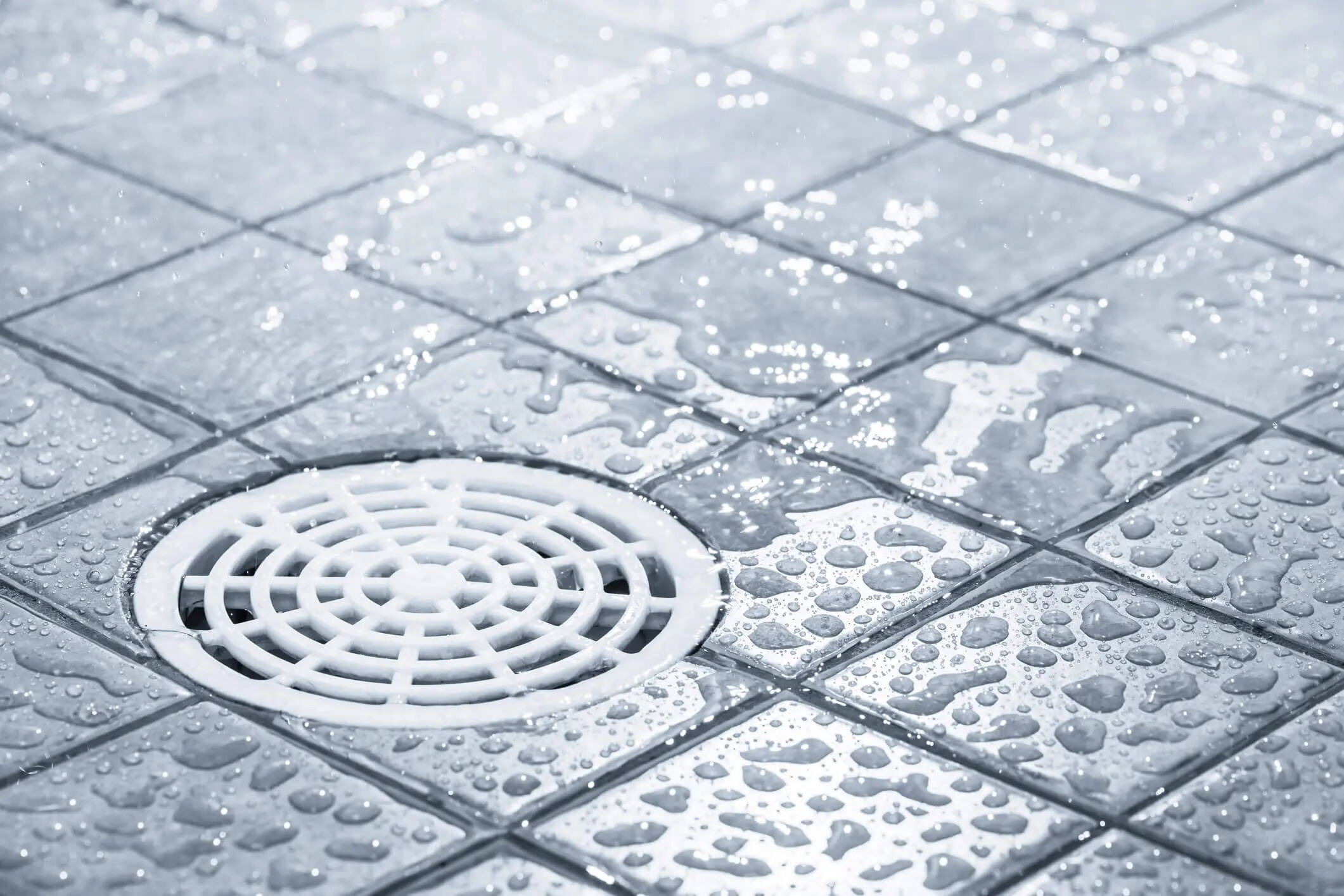
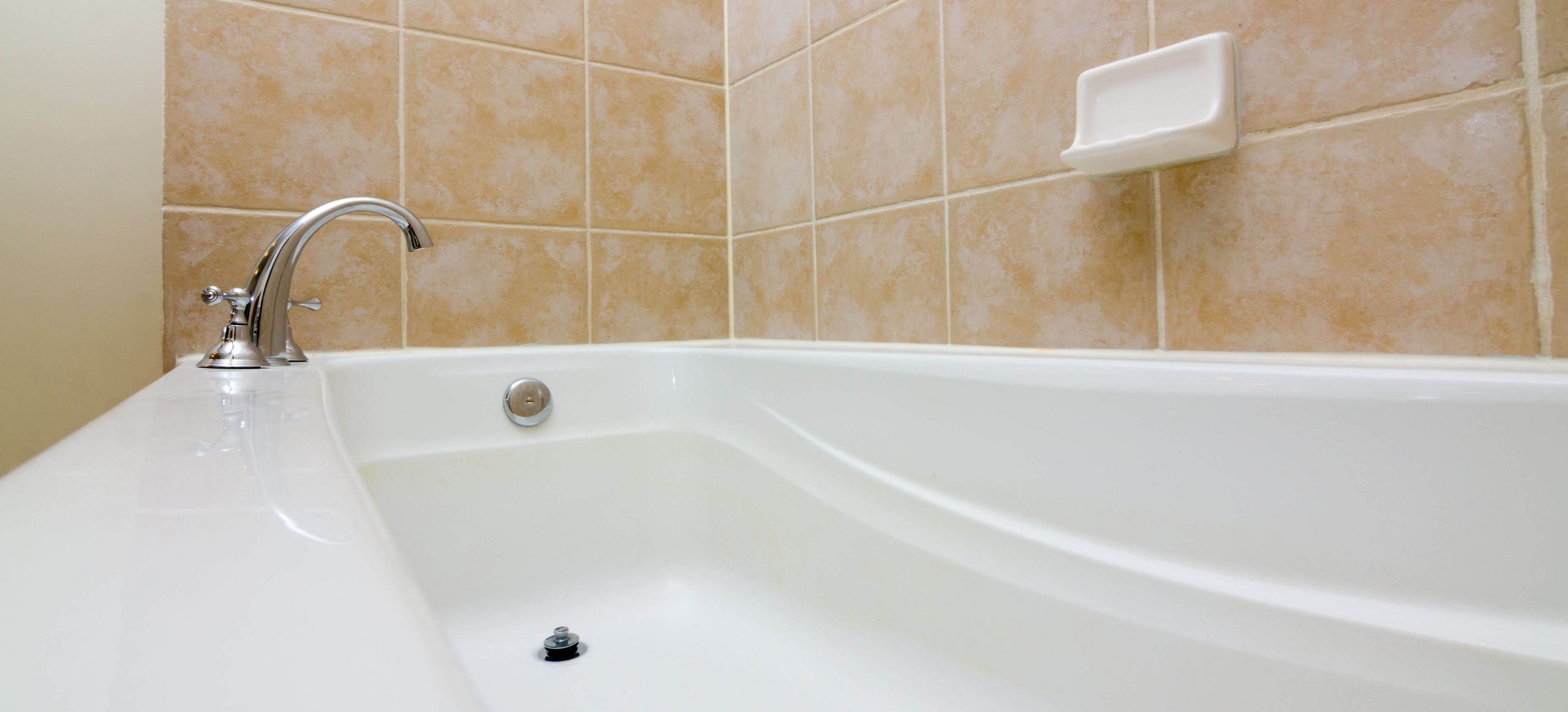
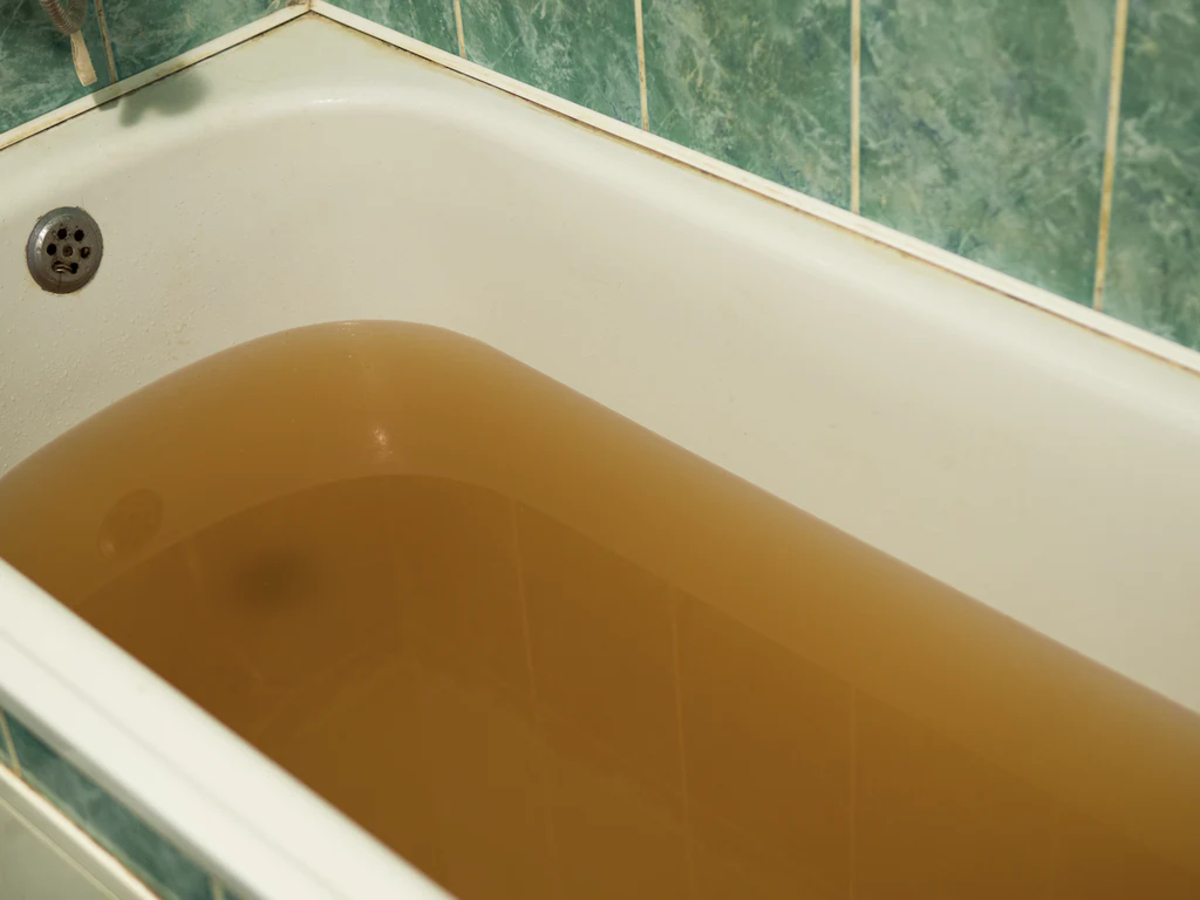
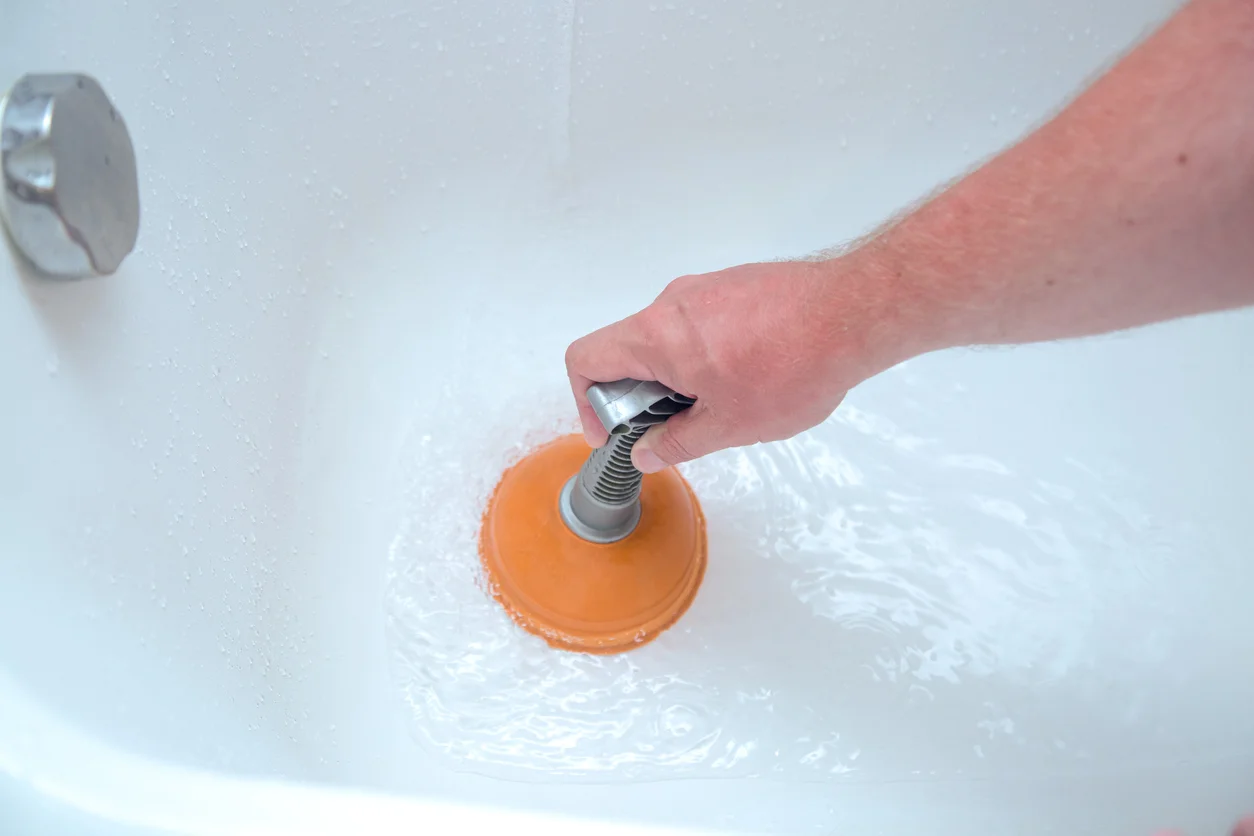
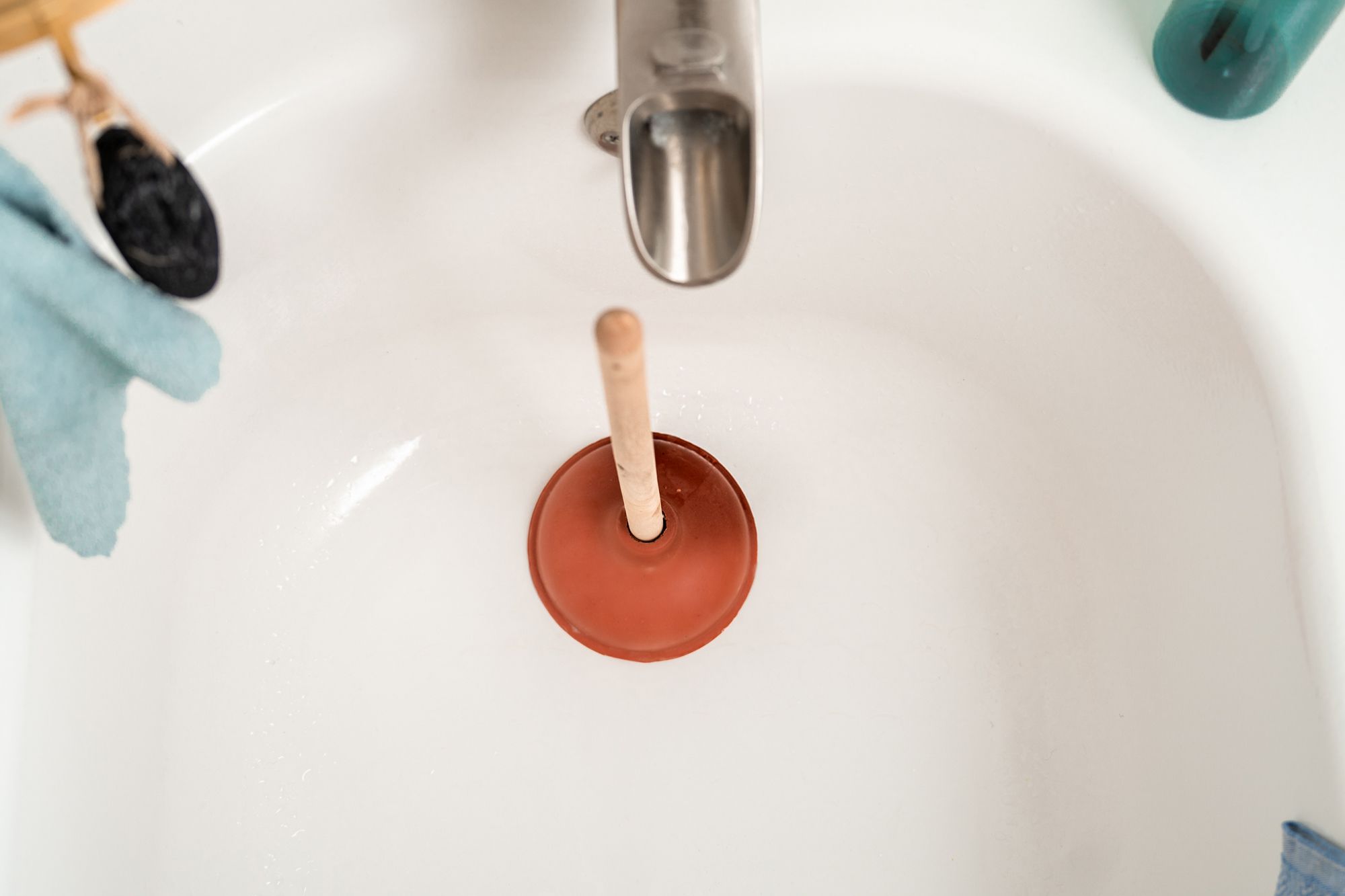
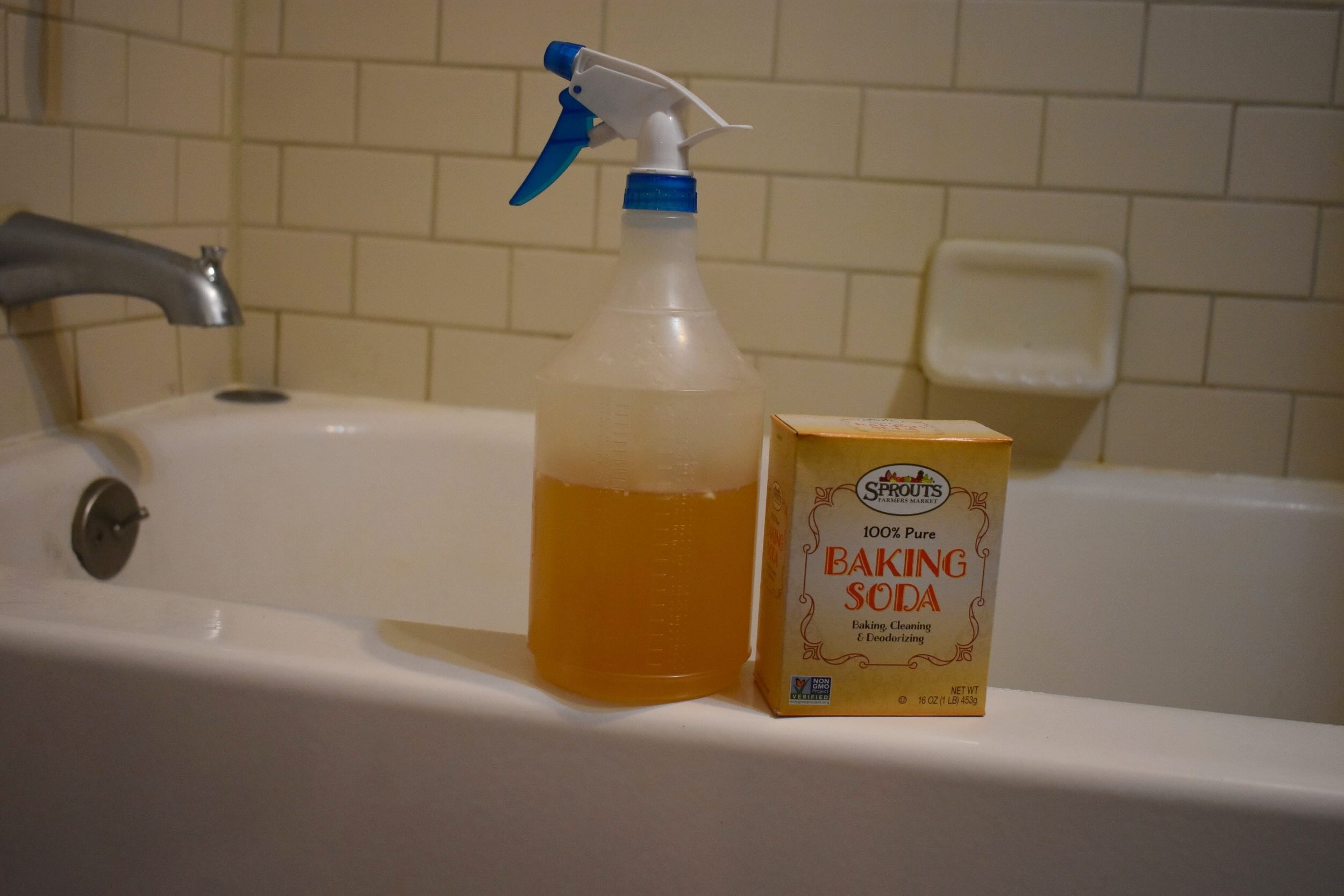
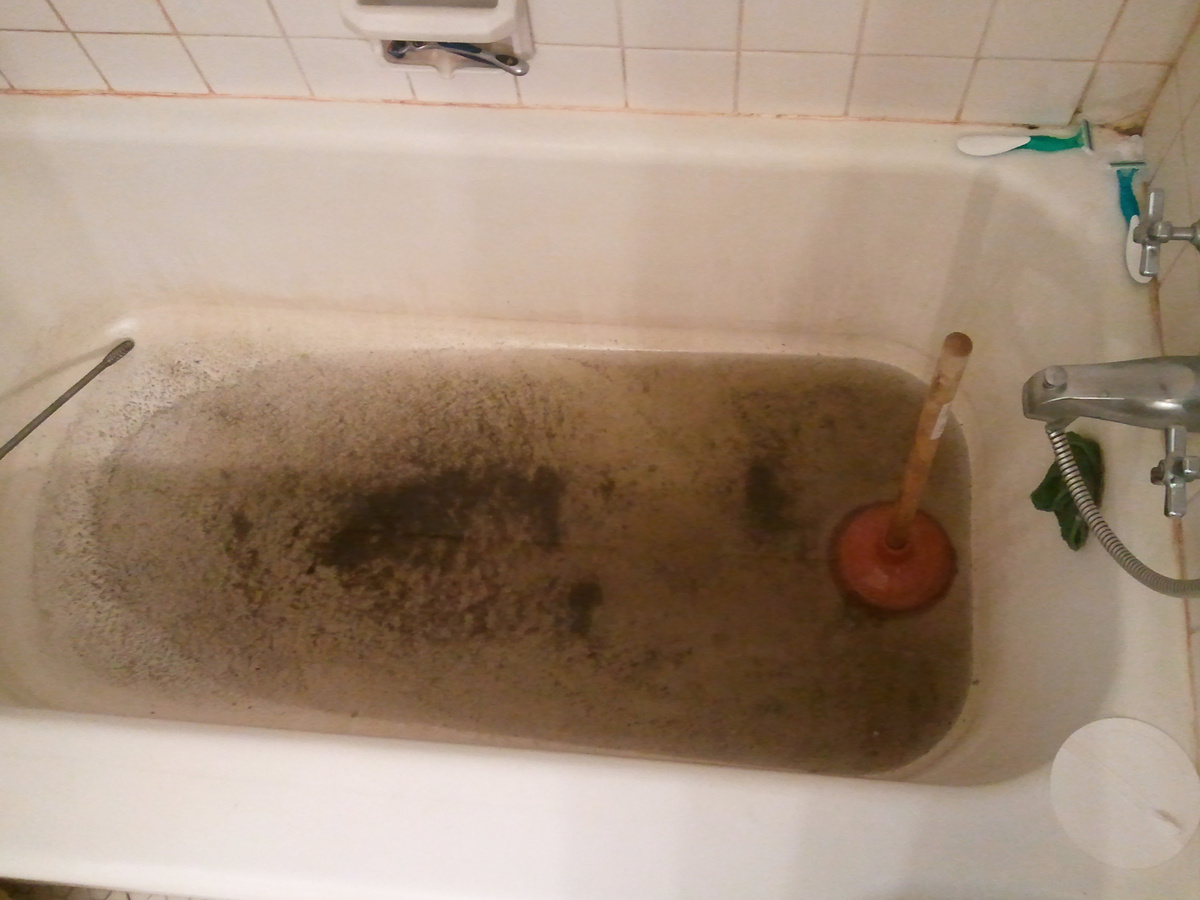
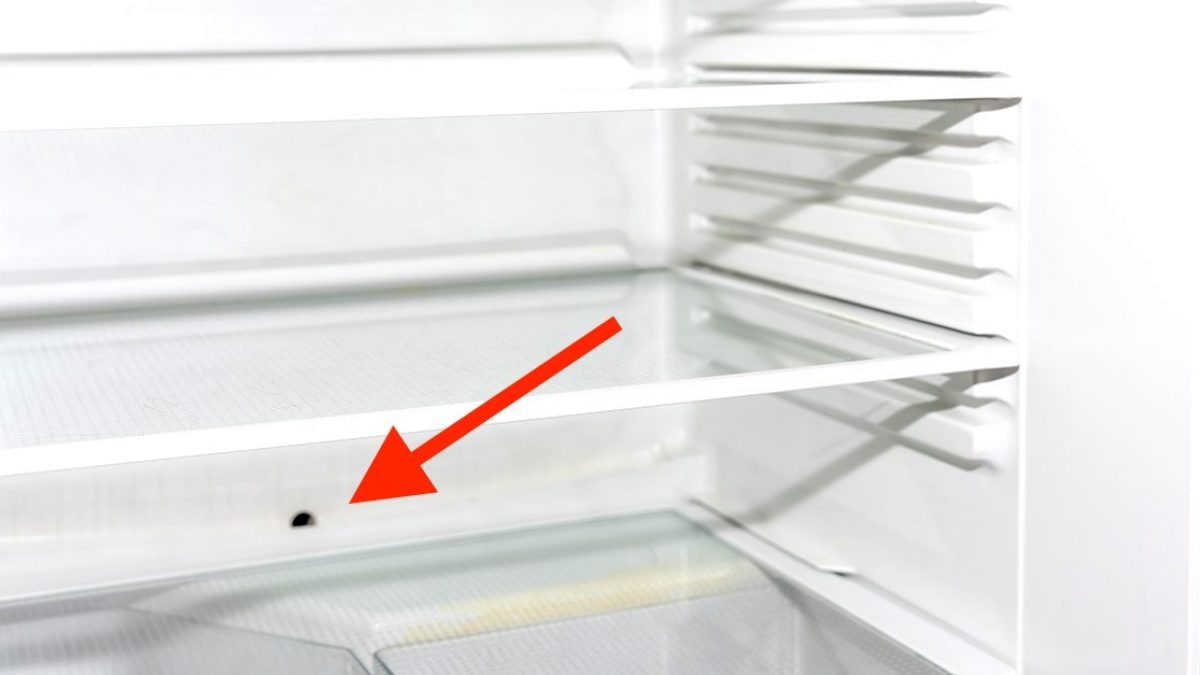
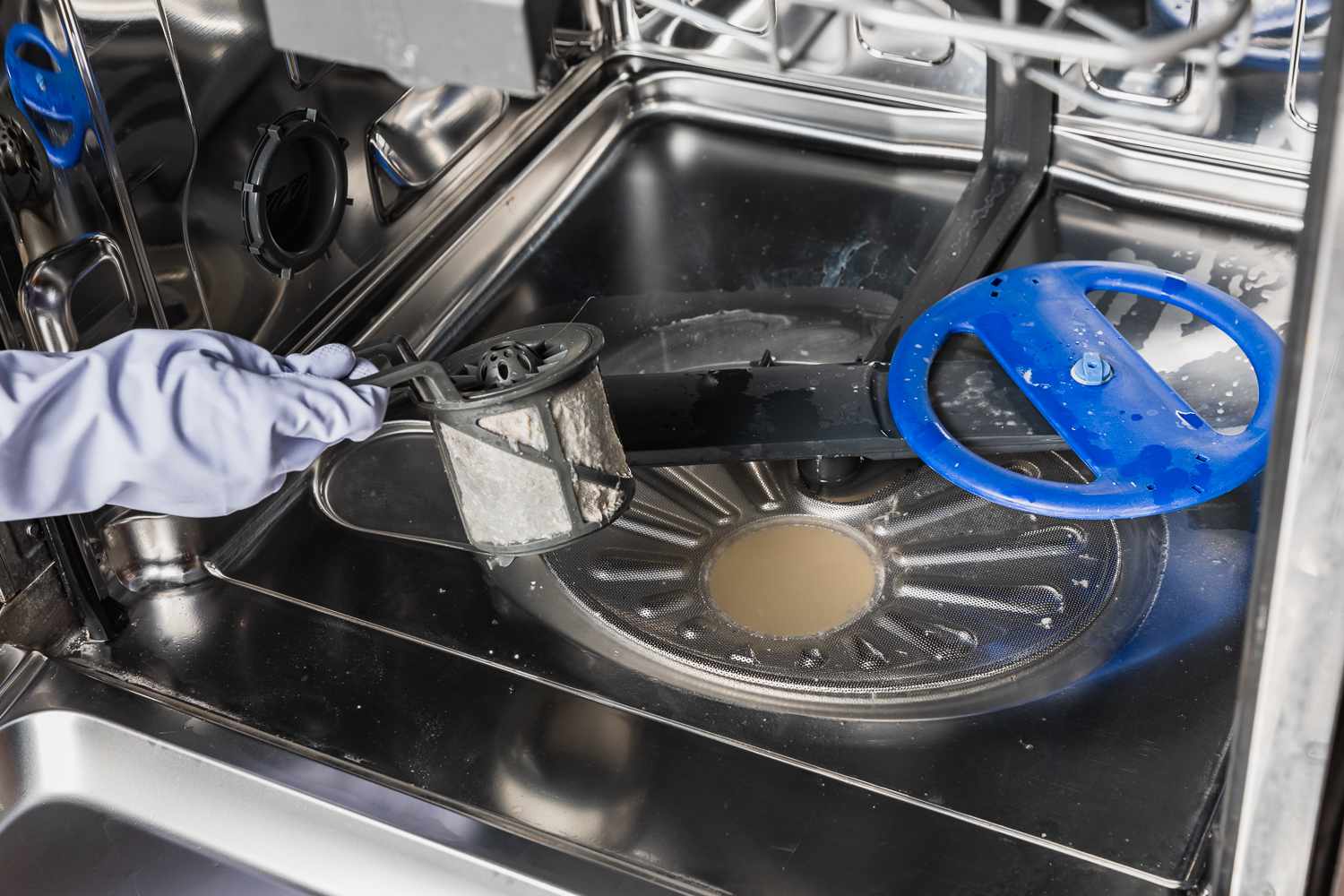
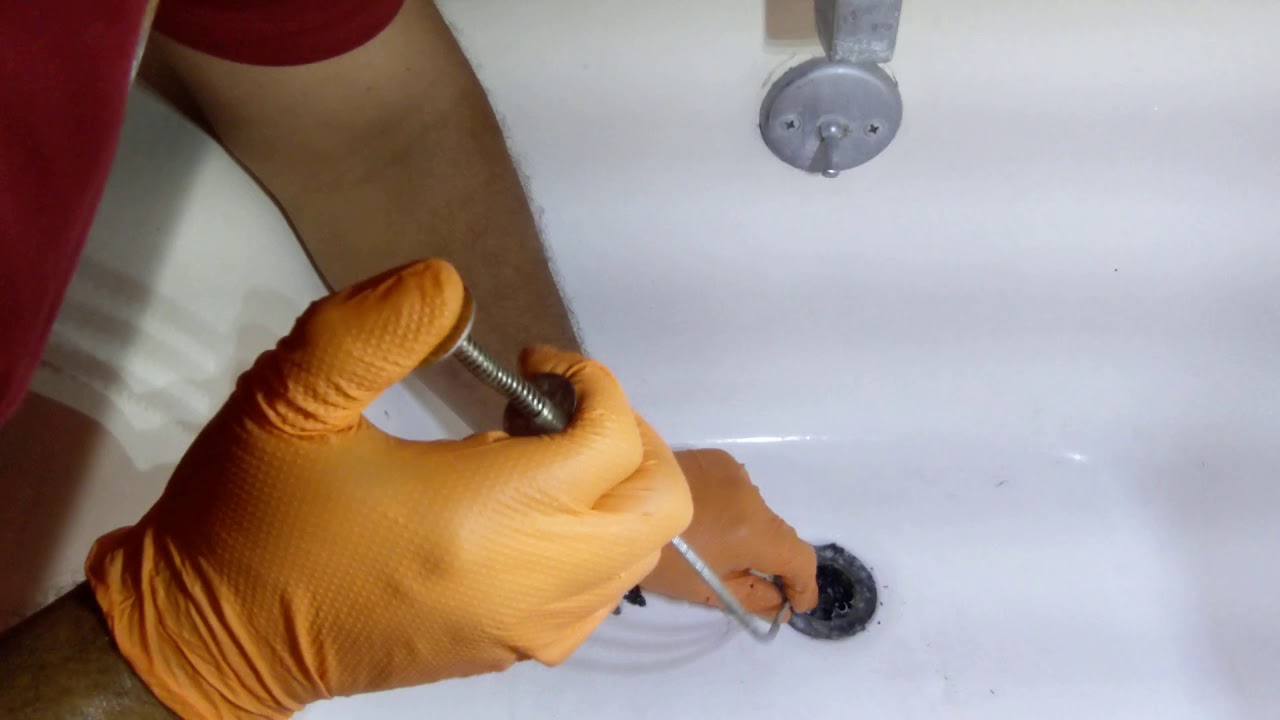

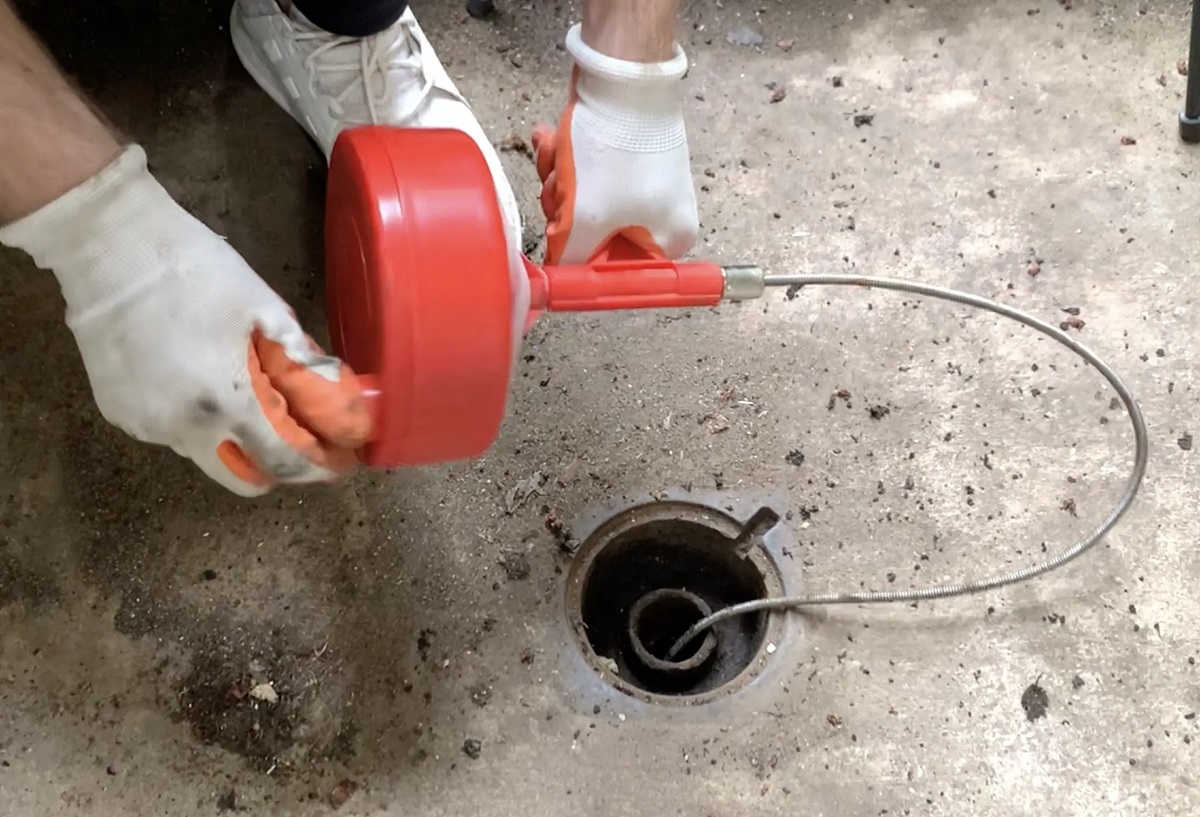

0 thoughts on “How To Unclog A Bathtub Drain Full Of Water”